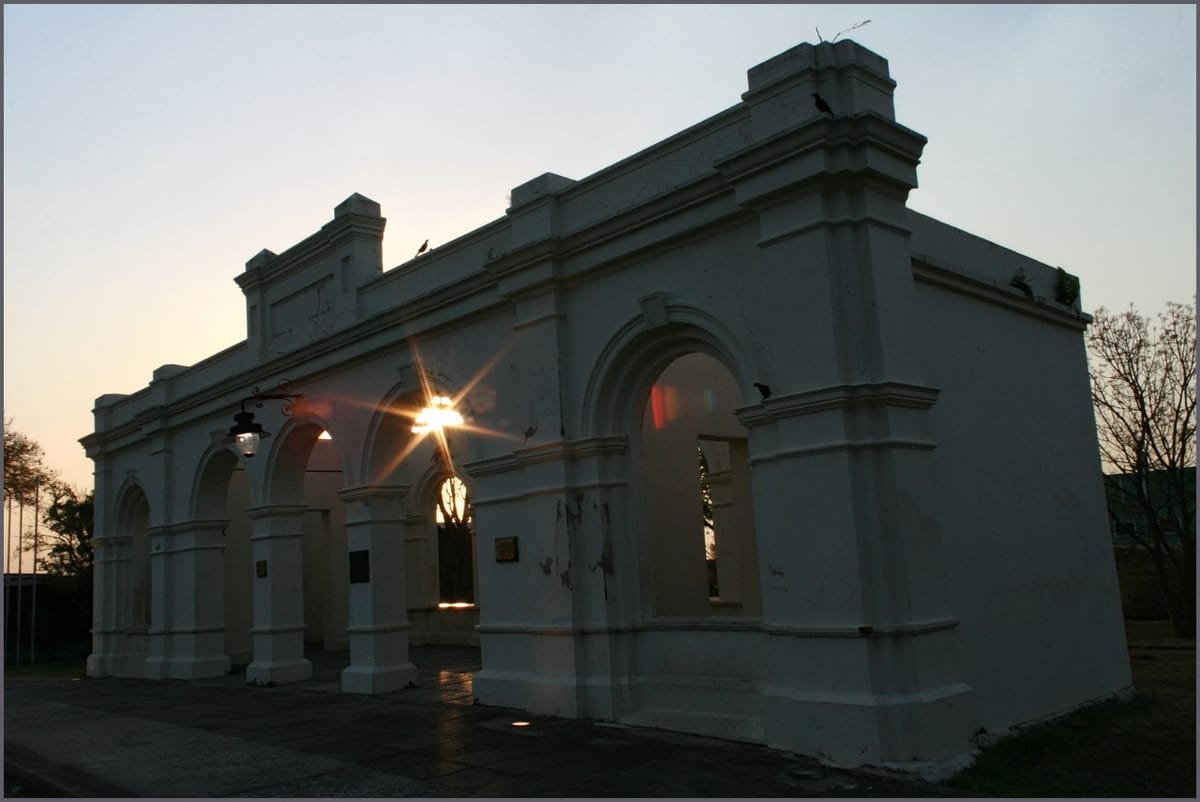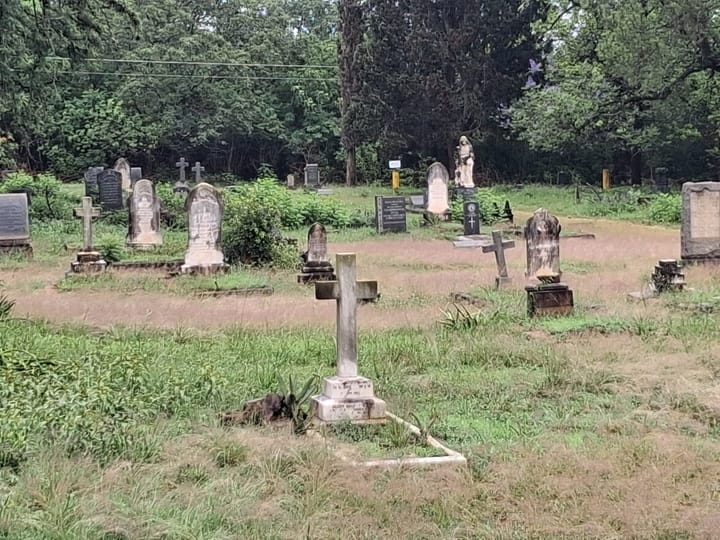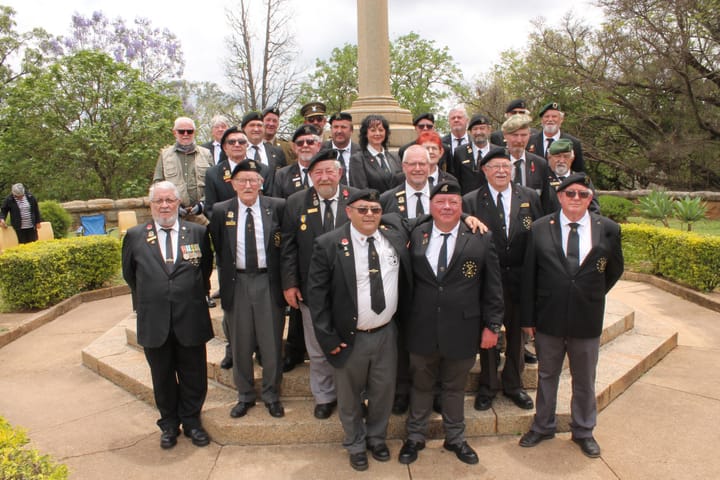Barberton hosted Transvaal’s first stock exchange
Barberton wasn’t just a mining camp. In the 1880s it briefly hosted the Transvaal’s first stock exchange.


During Barberton’s heady gold rush of the mid-1880s the town grew faster than timber could be sawn. Prospectors, speculators and merchants poured into the valley and with them came money, paperwork and contest. These are all ingredients for organised financial trade.
Almost overnight Barberton developed the kinds of institutions a boomtown needs: hotels, banks, mining offices, and stock exchanges where shares in claims changed hands by the hour.
Local heritage records identify Barberton’s Transvaal Share & Claim Exchange (Trust & Agency) Limited as the first share-exchange to operate in the old Transvaal during the 1880s. Contemporary photographs and museum catalogues show a busy trading room on Market Square during the high months of the boom, when claims were bought and sold as readily as cattle in the kraal.
So intense was the speculation that, for a time, Barberton supported more than one exchange. Sources note a second exchange, called the De Kaap Exchange or De Kaap Stock Exchange. It was erected in 1887 to service the explosive demand for a place to list and trade mining claims and company shares. The rivalry between rooms reflected the fragmented, short-lived companies that sprang up around each new reef and the urgency of raising capital in the field.

Like many hastily-built boomtown structures, the earliest stock-exchange premises were vulnerable to fire. Local guides and heritage summaries report that the first stock-exchange building was destroyed by fire, while the later 1887 De Kaap Stock Exchange building survived longer but its use as an exchange was short-lived.
The De Kaap building passed into private hands (purchased by industrialist Sammy Marks in 1899) and was later acquired by the municipality to house a Carnegie library and the town’s first museum, a mark of how the town repurposed its boom-era architecture. When the structure eventually deteriorated, only the ornate façade could be preserved as part of Barberton’s heritage walk.
Barberton’s stock exchanges mattered because they concentrated local capital, created a market where claim-owners could sell or float interests, and gave the town a financial profile that attracted investors and services. However, the discovery of much larger and more continuous gold reefs on the Witwatersrand in 1886–1887 shifted the gravity of South African mining finance to Johannesburg almost overnight.

As the Rand boomed, capital and miners followed, and smaller centres such as Barberton lost their capacity to sustain competing markets. The intense but brief period of high trading in Barberton was thus a hallmark of the pattern seen across many 19th-century goldfields: rapid rise, frenetic trade, fast decline.
Although the exchange rooms themselves are gone, Barberton still bears physical reminders. The preserved façade from the De Kaap Stock Exchange and other restored Victorian buildings form part of the town’s heritage walk and museum exhibits, tangible links to the time when Market Square echoed with the coin of new fortunes. These fragments help visitors and residents alike visualise an era when the valley was a magnet for capital, risk and enterprise.
Barberton’s brief life as a financial hub matters beyond nostalgia. It shows how early South African capital markets formed in multiple locations before centralising in Johannesburg, and it illustrates the social and architectural impacts of the gold rush on small towns. The story of two exchanges, a destructive fire, a business sale to Sammy Marks and eventual civic reuse is both Barberton’s local tale and a chapter in the wider economic history of the Transvaal and South Africa.





Comments ()